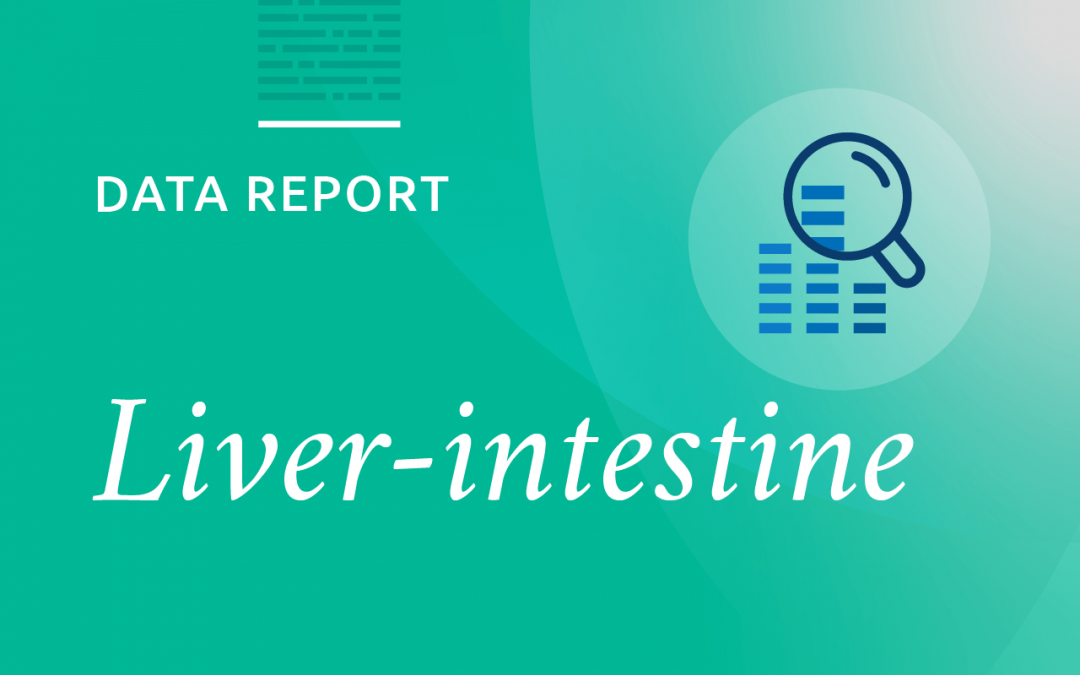A data report is available in the Liver and Intestine section of Resources on the OPTN website. The report contains key measures of the new liver and intestinal organ allocation policy for the 15-month period from initiation in early February 2020 through early May 2021.
Given the impact of the COVID-19 pandemic on candidate listing and transplantation, the embedded tables and charts denote activity before and after the World Health Organization’s declaration of the pandemic on March 13, 2020, where relevant.
Since much of the post-implementation period has coincided with the pandemic, its effect on system performance should be considered. Keeping that in mind, several key trends are apparent:
- More than 200 additional deceased donor, liver-alone transplants have been performed since the policy implementation as compared to the equivalent pre-implementation period. The increase has occurred in adult recipients, while the number of pediatric transplants has remained similar.
- As intended in the policy, geographic variability in median urgency scores at transplant has decreased at the levels of donation service area, state and region. The national median score at transplant for adults remains unchanged at 28; the national median for pediatric recipients dropped from 35 to 30.
- The great majority of liver transplant programs have experienced similar transplant volume before and after the policy change.
- As expected, the median distance between donor hospital and transplant hospital has increased, particularly for recipients with higher medical urgency. More transplants are being performed at distances between 250 and 500 nautical miles. Median cold ischemic time increased only slightly (roughly 13 minutes for adult recipients; about 34 minutes for pediatric recipients).
- While there were fewer deceased donors with a liver recovered (decreased utilization rate) since the policy came into effect, those that did have a liver recovered more often resulted in a transplant (decreased discard rate).
- The total number of intestine transplants increased slightly since the policy took effect.
Subsequent monitoring reports will be posted on an ongoing basis.

